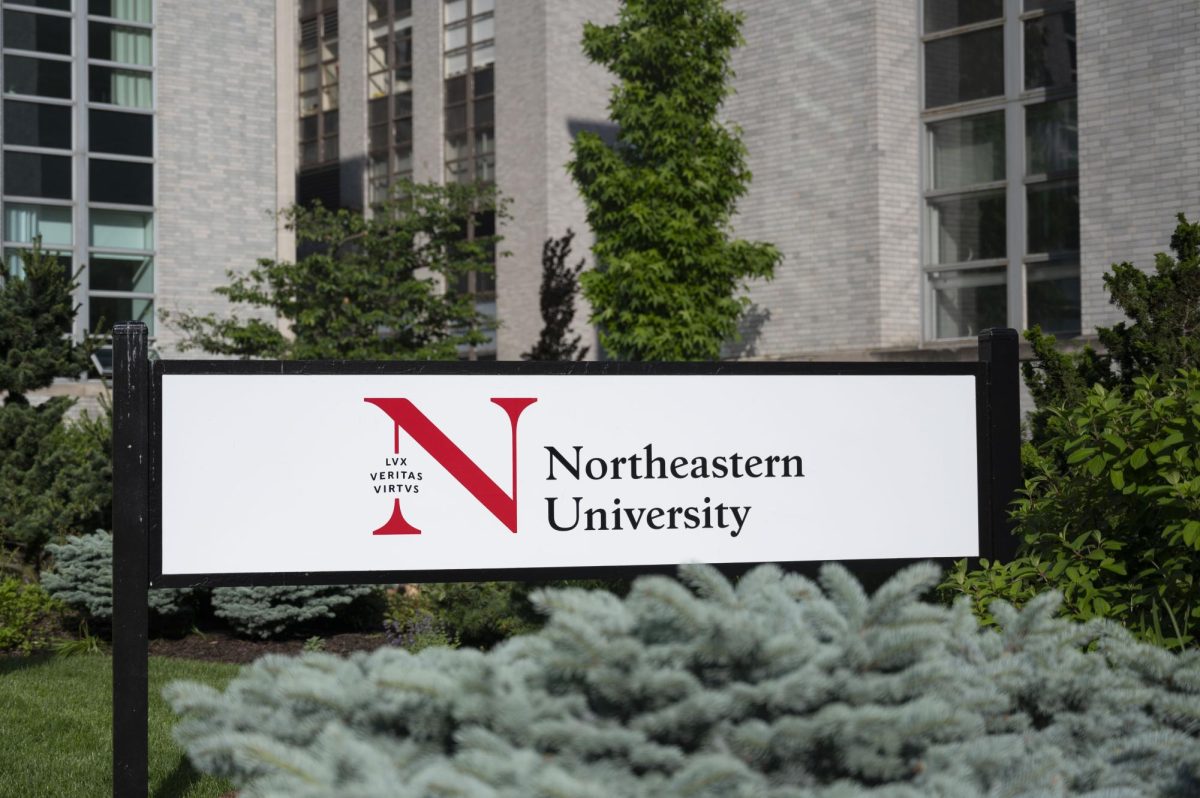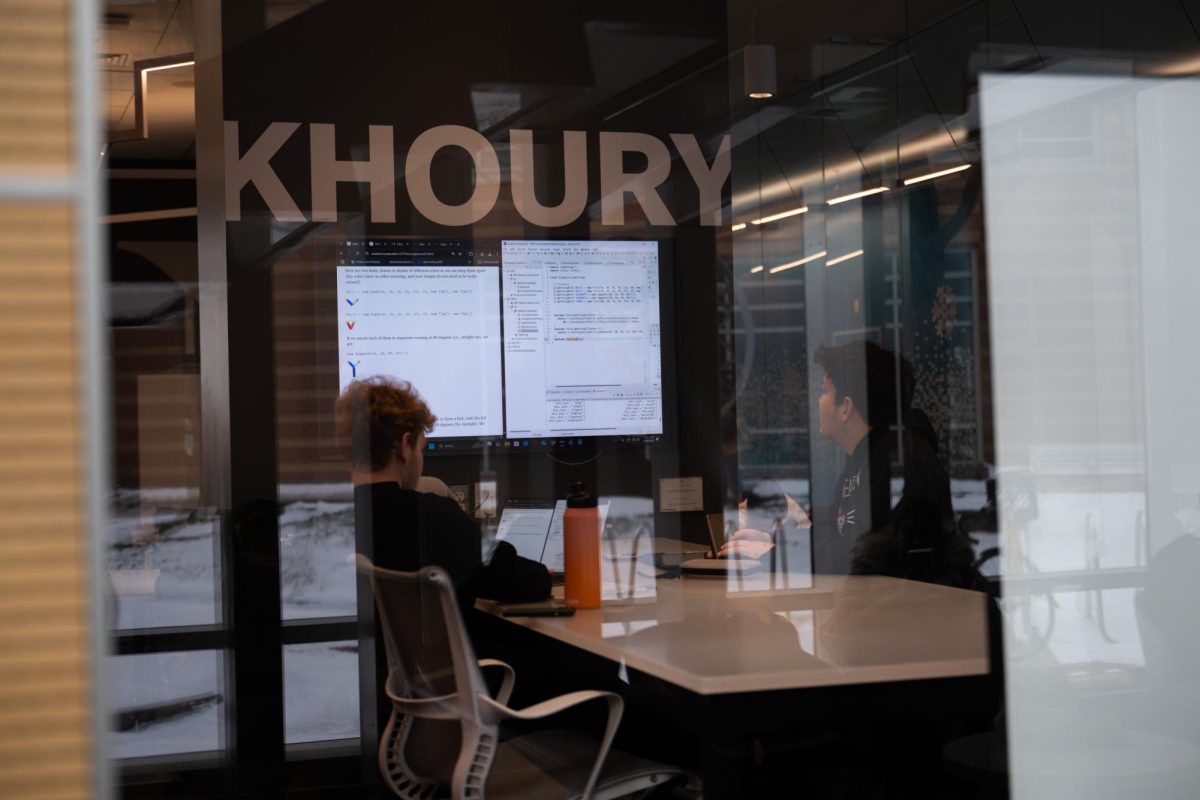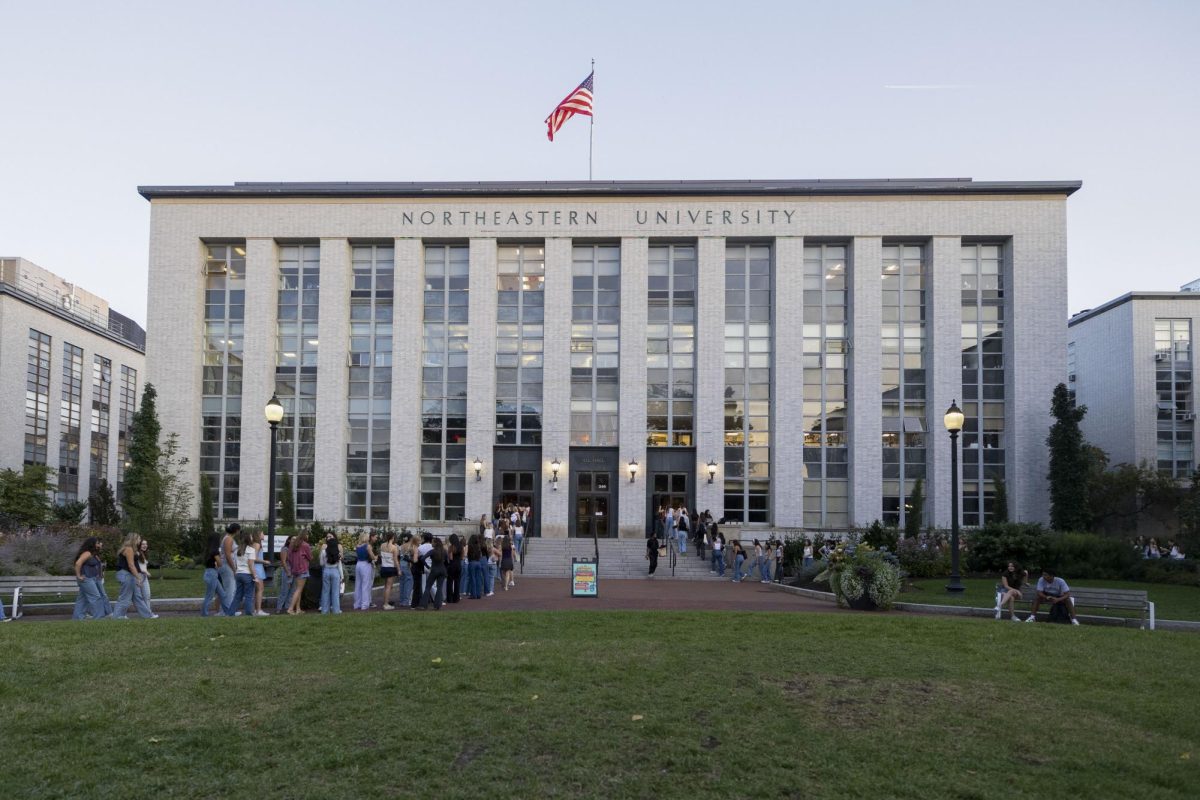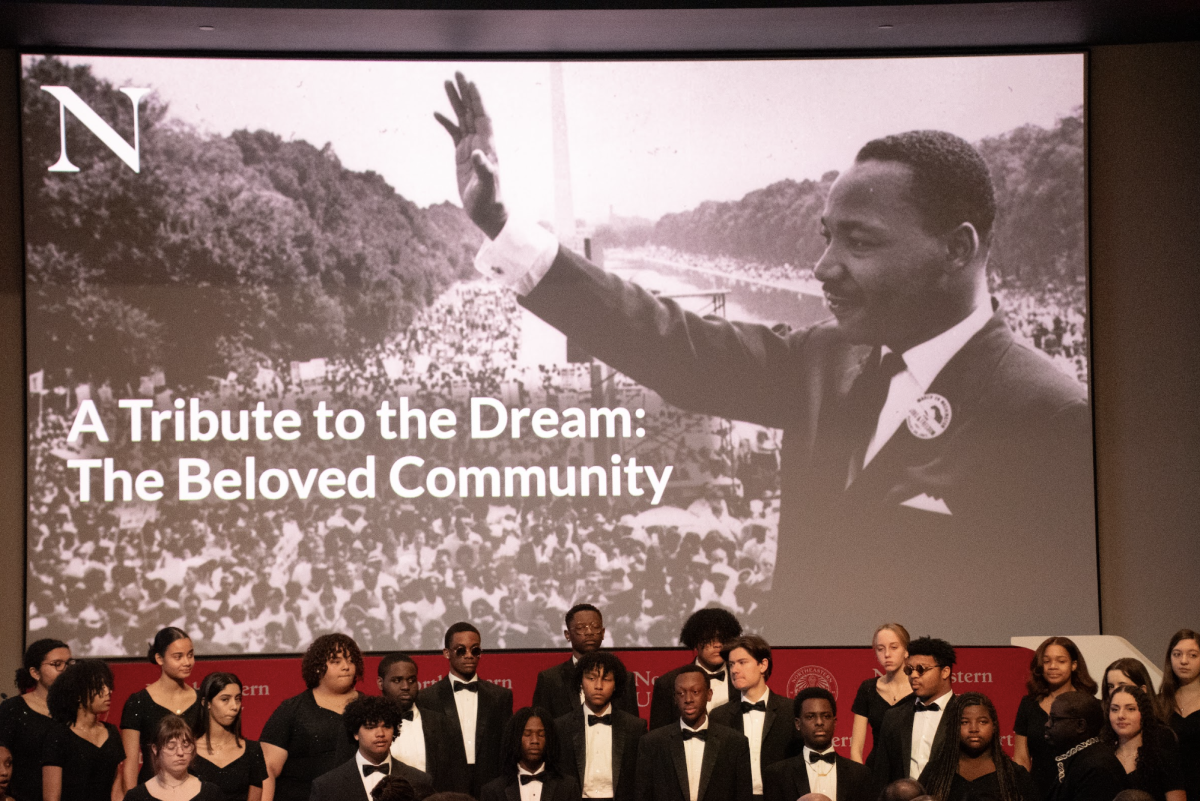
By Nick Jacques, News Correspondent
Even though senior cultural anthropology major Emma Sabella has been active with Invisible Children for six years, tens of millions of people watched the group’s Kony 2012 campaign video before she did.
When Sabella finally watched the video during spring break, which took only six days to attain 100 million views, she could only do it in increments of a few seconds at a time.
This is because Sabella was in Uganda, working with women and children displaced by Joseph Kony’s guerrilla army.
Invisible Children’s Kony 2012 campaign aimed to bring the warlord to infamy in the United States and around the world while Sabella and senior American Sign Language major Heidi Jarvis were spending their spring break in the country he terrorized for many of the last 25 years.
“Going there definitely changes your opinion of things,” Sabella said.
Sabella and Jarvis travelled to the Acholi Quarter in Kampala, Uganda’s capital. The Quarter is inhabited mainly by Acholi people, who were displaced from their homeland in the country’s north by Kony’s Lord’s Resistance Army (LRA).
The trip was with Project Have Hope, a small Malden-based grassroots organization that seeks to educate the women and children of the Acholi Quarter and establish business opportunities to benefit locals.
Sabella and Jarvis, who went with two other people who have no Northeastern affiliation, said they brought 200 pounds of shoes and clothes with them for the Acholi women to open a second-hand shop. The women paid for the goods to be shipped with money from a microloan. Sabella said the store sold over 150 pairs of shoes within three days.
Most residents of the Acholi Quarter survive off of what little money they make breaking rocks in a local quarry.
“You’ll see elderly, disabled, children and normal people working there all day long,” Sabella said. “From sunrise to sunset literally.”
The two taught English, visited locals who have HIV and helped revive buildings during their week in the central African country.
Sabella said the most powerful part of their trip came when they listened to stories from the Acholi women about the atrocities they had faced at the hands of the LRA.
“Mama Oyet was three months pregnant when someone stabbed her in her leg. She passed out for two days straight in the bush,” Sabella said.
After waking up, Mama Oyet walked 23 kilometers (16.16 miles) for medical treatment, Sabella said. When she returned to her home get her things and leaves she was kidnapped by the LRA and marched into the bush where she was again stabbed and left to die.
“Each one has a different story but they’re all roughly the same,” Sabella said. “You can just not imagine people went through that at all.”
But amidst all the sadness, Sabella and Jarvis said they found in inspiration in the Acholi women.
“They’re so happy and they’re smiling and they’re singing and they’re helping each other out,” Jarvis said. “It puts things in perspective about how much someone goes through and how they don’t give up.”
Sabella was inspired by their resilience.
“They’ve gone through so much and they can still have a genuine smile and happiness in their lives,” Sabella said. “Every day is a struggle in that kind of situation.”
This was Sabella’s second trip to Uganda with Project Have Hope. She previously spent eight months in South Africa on co-op volunteering at a day care center. She also went to Benin on a dialogue, where she taught at a vocational school for girls who used to be domestic slaves. She plans to join the Peace Corps this summer and will be sent to train teachers in the South Pacific.
Sabella is a co-president of Invisible Children at Northeastern, the university’s chapter of the organization behind the Kony 2012 campaign. Both Sabella and Jarvis got involved with Project Have Hope through the group. Project Have Hope has no affiliation with Invisible Children’s central organization.
The main purpose of Invisible Children at Northeastern is to fundraise for the organization, Sabella said, which has come under criticism since the start of the Kony 2012 campaign.
One of the central criticisms of the organization regards its finances. According to the blog Visible Children, only 33 percent of Invisible Children’s expenditures went directly to victim relief in Fiscal Year 2011.
According to a statement on its blog, Invisible Children spends about 80.46 percent of its funds on “programs that further [its] three-fold mission” of raising awareness, encouraging activism and helping on-the-ground efforts in Uganda, 16.24 percent “administration and management costs” and 3.22 percent on fundraising.
Another common criticism was that the Kony 2012 video oversimplified complicated geopolitical issues.
“It was an oversimplification because it had to be,” Sabella said since the video was only 30 minutes long.
In a post on Invisible Children’s blog defending the organization against the criticisms, Adam Fink, the director of programs for Invisible Children wrote, “In a rush to point out Invisible Children’s oversimplification of the LRA, the critics made an error – an oversimplification of Invisible Children itself.”
But some critics are concerned with Invisible Children’s campaign for military action in Central Africa to help arrest Kony. Dr. Valentine Moghadam, the head of the International Affairs department at Northeastern, believes any sort of foreign military action in Uganda would be detrimental to the country.
“It is one thing to express solidarity or outrage at what may be going in a particular country,” Moghadam said. “It’s another thing entirely to be calling for military intervention on the part of another state or government.”
Moghadam said Iraq, Afghanistan and Libya are all examples of countries that are worse off because of foreign military intervention.
There are currently a small number of American military advisers in Uganda.
Moghadam said that the LRA is not as powerful or dangerous as it used to be and Uganda today has a relatively strong government, which is able to keep the Ugandan people safe.
“It’s a functioning country,” Moghadam said. “It has fairly good governance and good institutions.”
According to Moghadam, the Democratic Republic of the Congo is an example of a government that cannot keep its people safe. She said that some military action is justified in the DRC because the government explicitly asked for it and because the UN, a world organization, leads the efforts as opposed to NATO, a Western organization.
Invisible Children’s use of social networks for publicity has been undeniably effective. According to the Internet marketing firm Visible Measures, the Kony 2012 video reached 100 million views faster than any other video in Internet history.
But many critics, including Moghadam, are weary of the implications of spreading this knowledge through social networks.
“[Social media have] a tendency to create a superficial understanding of issues, and instant so-called ‘experts,’” Moghadam said. “This is why we have universities, this is why we have programs and departments like international affairs where we impart genuine evidence-based knowledge to out students.”
Middler political science major Dan Morrissey, former co-president of NUStand, the anti-genocide group on campus, echoed similar concerns.
“People have no real knowledge of the issues of the conflicts and are advocating for a lot of detrimental policies,” Morrissey said.
But Sabella said she wanted everyone, regardless of their opinions on the Kony 2012 campaign to participate in an open forum to discuss the issues.
“We’re encouraging people to come, watch the video and bring their discussion,” Sabella said.
Invisible Children at Northeastern will host a showing of the video at 8 p.m. tonight in 20 West Village F. Sabella said representatives from the national organization will be there as well as a Ugandan affected by the LRA.
“It’s something we can all agree on,” she said.









